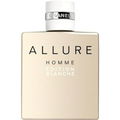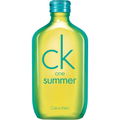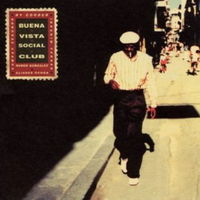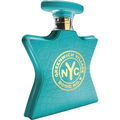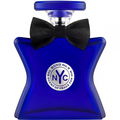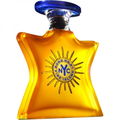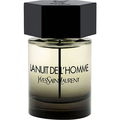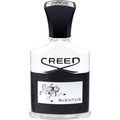![jtd]()
jtd
Helpful Review
4
is there anything universally revolting?
There is something in the composition of perfumes from many houses that makes them identifiable. It’s not universal, but you can recognize a classic Guerlain when you come across it. Similarly, Caron, Estée Lauder, Montale, Amouage. It might be a similarity of style, it might be recognizeable notes. How many times have you heard people comment on the Guerlinade base, or that Andy Tauer’s perfumes having a similar drydown?
There are many reasons for using a common base. For some houses, Guerlain, de Nikolai, Amouage it’s the result of deliberate concept, or school of composition. In some other houses, it feels a bit more insular, the the range of perfumes in a line is smaller. Look at Montale, Juliet Has a Gun, Maison Francis Kurkdjian. I can’t really determine, and therefore try not to judge, whether the similarities among the line are intentional or not. A line might want to leave a calling card as it were. Recognition is the first step and branding, and most up-and-coming houses seek brand identifiability.
Christ, did Bond no Nine choose the wrong smell to identify their line.
Coney comes two years after it's direct predecessor, Bleecker Street, and in the same year as it's soul sibling in the Creed line, Virgin Island Water. Bleecker Street was a spectacular failure, attempting to merge the aquatic and gourmand trends in the same perfume. Not looking for nuanced composition, it simply thought it could get 200% fragrance in one bottle. Fulfilling multiple axioms in one fell swoop, bond No 9 is doomed to repeat the worst of their history. And while I'm not sure who got fooled first with Bleecker St and then again with Coney Island, to paraphrase W, I won't get fooled again.
The common thread to Bleecker, Coney and Virgin Island is the concentration of artificial flavors and qualities. Synthetic aromachemicals have made contemporary perfumery possible. But if quality is ignored, the synthetic/'natural' dichotomy isn't even worth discussing. In more careful hands, the aquatic/gourmand proposition might work. All I mean to say is that for a successful joining of disparate elements, more is required that pouring them into the same bottle, which is fundamentally what was done in Coney Island.
As if attempting to create a hyper-flavored 100% calorie free superfood, Bond squeeze the rancid quality of fat replacements, such as pure 'butter flavor', and the musk-buoyed motion sickness of fake piña colada mix (is there any other kind of piña colada mix?) into one lingering sick feel. You know story of the drunk vomiting person saying it was the last martini that did it, implying that puking had nothing to do with the eight that preceded it? Coney Island is the legendary ninth Martini.
I don't understand these perfumes, and facetiousness aside, they present me with a question to consider. I've read reviews at Basenotes and Fragrantica, and apparently there are people who like Coney Island. Is there any scent that is universally revolting? I don't find Secretions Magnifiques completely unappealing, but most find it universally repulsive.
Coney Island does inadvertently bring up an important point in perfumery and criticism. I don't like the smell of Virgin Bleecker Island, but preferences and opinions aren’t the whole point. I started this website in order to separate myself from public sites that tend to make the consideration of perfumes just a weighing in of opinion. In all subjective matters, opinions will be formed. Should opinion be the last stop in the discussion? My conclusion that Bleecker St, Coney Island and Virgin Island Water are similarly flawed compositionally and unsuccessful in their aims, isn't simply a loud way of saying that I don't like them. It's a critique of an aesthetic product.
from scenthurdle.com







 Top Notes
Top Notes  Margarita
Margarita Guava
Guava Melon
Melon Heart Notes
Heart Notes  Chocolate
Chocolate Caramel
Caramel Cinnamon
Cinnamon Base Notes
Base Notes  Vanilla
Vanilla Sandalwood
Sandalwood Cedarwood
Cedarwood Musk
Musk
